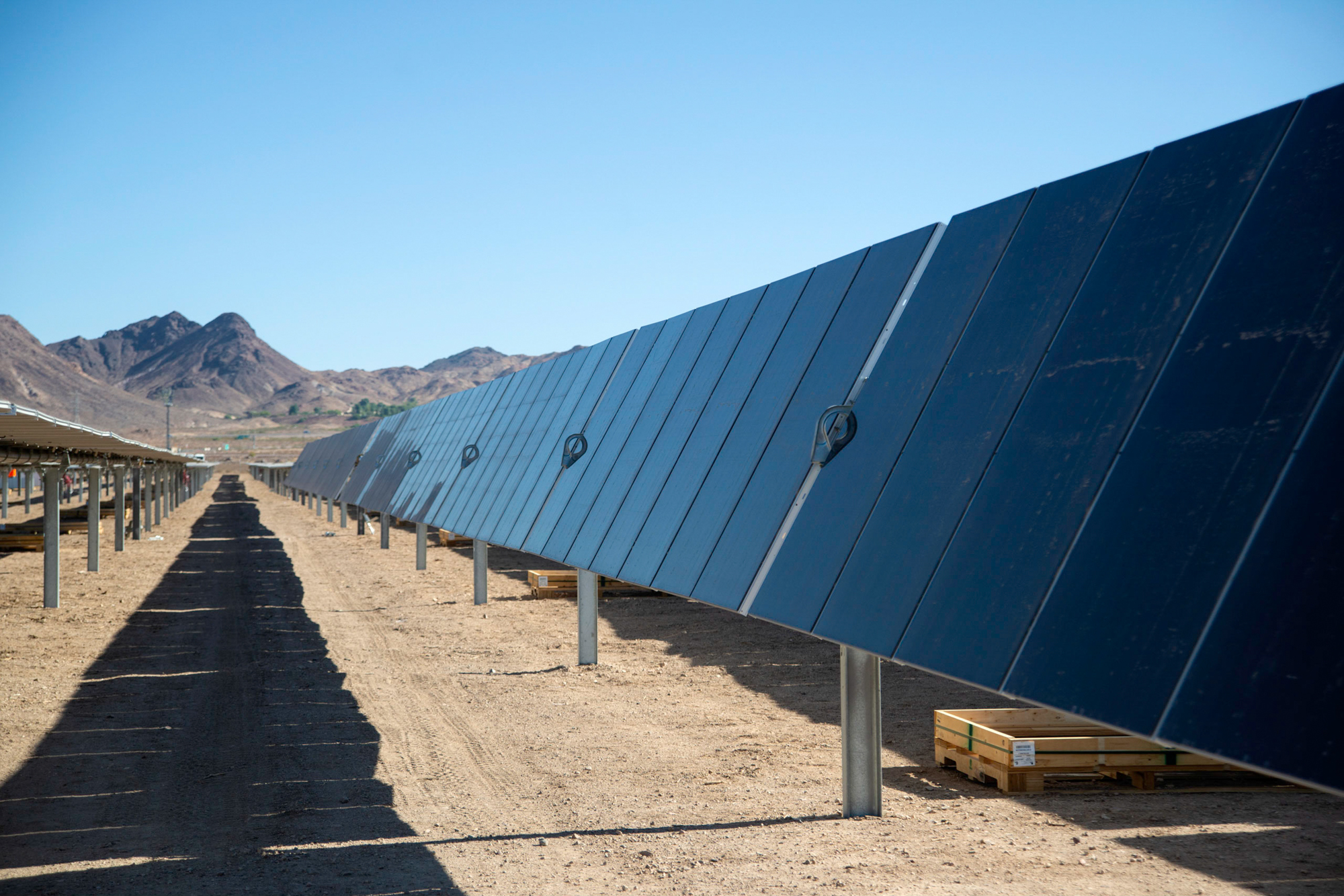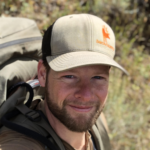OPINION: A vision for smart-from-the-start solar on public lands in Nevada

Climate change is front and center in Nevada. But so are solutions. Here are the facts. In Western states, such as Nevada, climate change has warmed the state by 1 to 2 degrees in the last century. Increased heat waves are becoming common, snowpack is melting earlier in spring and less water flows through the waterways feeding our lands. Rising temperatures and recent droughts in the region have increased the risk of wildfires. In the coming decades, the changing climate is likely to decrease water availability, further increase risks to habitat loss and endanger sensitive plant and animal species.
We know burning fossil fuels is driving climate change and we know we need a rapid transition to a renewable energy economy — for the sake of our climate, the air we breathe, water we drink and all-around community health. But decarbonizing the energy sector should not harm the West’s lands, waters, biodiversity or communities.
For these reasons, conservation nonprofits formed a Nevada-focused Smart from the Start Coalition: a network of environmental, sporting and environmental justice organizations with a goal to drive responsible renewable energy development in Nevada through legislation and state and federal land use planning efforts. Responsible, smart renewable energy siting is a result of two things: thoughtful collaboration between all impacted communities and stakeholders, including tribes, and holistic consideration of all the environmental, cultural, community and climate resilience values of public lands.
Currently, the Bureau of Land Management (BLM) is proposing an update to the Western Solar Plan via its draft Solar Programmatic Environmental Impact Statement (Solar PEIS) and is seeking public input. The agency is accepting public comments on the draft plan until April 18. The BLM’s proposed updates will establish a framework for how utility-scale solar development will be deployed on federal public land, including in Nevada.
While it neither approves nor guarantees approval of any proposed projects, the Western Solar Plan is the important first step of drawing guiding lines on the map and codifying guidance for how the BLM should approach project application reviews. The Solar PEIS will identify low conflict areas where applications for solar development will be accepted and will exclude areas that the BLM already knows are not suitable for solar development.
Together, with the BLM’s newly finalized Renewable Energy Rule, the solar programmatic environmental impact statement will help facilitate the responsible buildout of renewable energy projects on public lands at the pace needed to surpass the statutory goal of permitting 25 gigawatts on public lands by 2025, also a part of the president’s nationwide goal of 100 percent clean electricity by 2035.
The BLM intends to meet our nation’s renewable energy goals through the deployment of well-sited solar energy projects on 700,000 acres of BLM-managed land by 2045 across the West. As a nation, we have an opportunity to address climate change by thoughtfully embracing the renewable energy potential on public lands. The Nevada Smart From the Start Coalition is advocating to get there by guiding solar applications toward lands that are the lowest conflict and previously disturbed or degraded.
Nevada has seen the impacts of climate change in many ways. Erratic rains have produced several flooding events damaging homes, businesses and outdoor recreation opportunities. Reno and Las Vegas are two of the fastest warming cities in the nation, leaving low-income residents struggling to keep pace with energy bills to cool their homes.
Nevada can continue to tap into its vast potential for solar and address the climate crisis, however, proposed renewable energy projects must be planned to reduce impacts on the landscape. As utility-scale solar projects continue in the state, we must consider smart-from-the-start principles to avoid and minimize impacts to the landscape and provide ample opportunities for meaningful community input.
BLM’s update to the Western Solar Plan is a chance to chart a path forward that works for our state and the lands we know and love. Right now, we have an opportunity to help shape what that final plan looks like.
Russell Kuhlman is the executive director of the Nevada Wildlife Federation.
Jaina Moan is the Nevada external affairs director for The Nature Conservancy.
Jose Witt is the Mojave Desert landscape director for The Wilderness Society.
The Nevada Independent welcomes informed, cogent rebuttals to opinion pieces such as this. Send them to [email protected].


